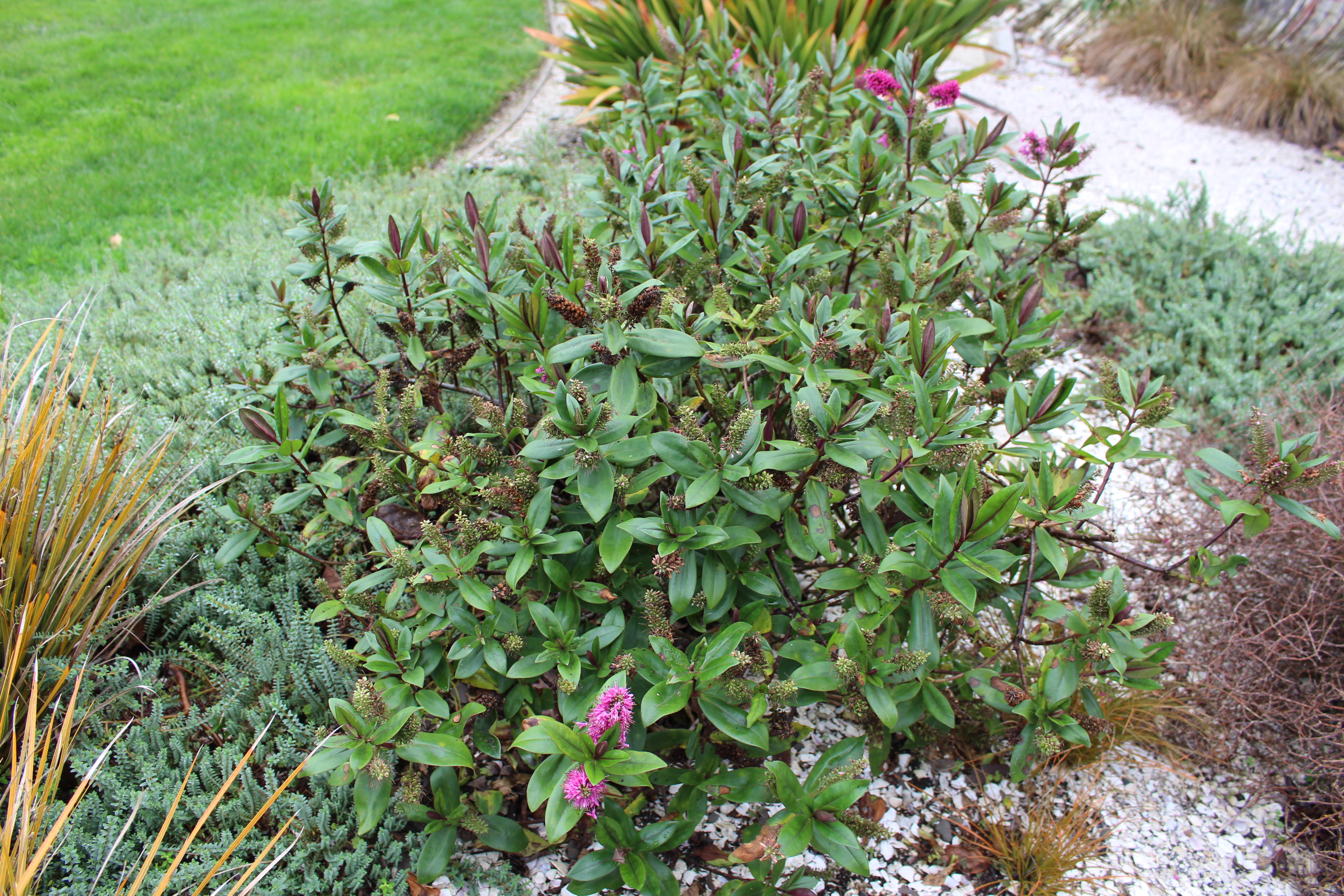Physical characteristics
A compact
Flowers and foliage
Spikes of deep rose
Preferred site
Grows well in poor to moderately fertile well-draining soil (preferably neutral to alkaline). Prefers
Preparation for planting
Always choose healthy, well-grown
Maintenance tips
Apply mulch
Ecological and biodiversity benefits
Attracts beneficial insects to the garden.
Pests and diseases
Free of
Companion and combination plants
In
For a contrast of form and colour plant Hebe Wiri Desire with Cordyline varieties such as
In gardens which are blessed with good soil Hebe Wiri Desire makes a handsome companion for Michelia yunnanensis which is like a low growing small leafed magnolia with deep
Location at Auckland Botanic Gardens
Native Plant Ideas
Interesting facts and tips
This hebe has been b


.jpg?rxy=0.50194552529182879,0.60233918128654973&width=1200&height=800&v=1d5372493c46650)

.jpg?width=1200&height=1200&v=1d4024dceb89e50)

.jpg?width=1200&height=1200&v=1d5569224d63650)
 .jpg?width=1200&height=1200&v=1d4024df6ce2770)
.jpg?width=1200&height=1200&v=1d55676a892f2b0)
 .jpg?width=1200&height=1200&v=1d4024e3b65f7f0)